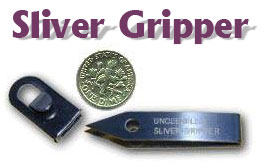In the 16th century most people cared about their appearance. People carried mirrors made of glass or steel. They also carried combs and used tweezers, ear scoops and bone manicure sets. In the Summer people sometimes had a bath in the local river. Sometimes they heated a cauldron of water and had a strip wash. Or they could have a 'dry wash' by rubbing themselves with clean linen.
In the later 16th century white lead was revived as a way of getting a pale complexion. (Poor women had to work outdoors so they were suntanned. Pale skin was a sign of wealth so it was desirable). Furthermore at that time blonde hair was also popular and many women died their hair. Women also used red ocher on their cheeks. They also wore face packs and they plucked their eyebrows. In the 17th century fashionable women stuck black patches onto their faces. Sometimes they were in the shape of stars or crescent moons.
In the 17th century people used toothpicks but in the latter part of the century toothbrushes were introduced. (Toothbrushes came from China. They were first mentioned in 1498). People also made scented soaps.
In the 18th century pale skin was still fashionable. So were dark eyebrows. Women also still used rouge abundantly. Perfume was also common. In the early 18th century a new scent was made in Cologne. Later in the century it became known as Eau de Cologne.
In the late 18th century a book called The Toilet of Flora (published in 1784) gave advice about preparing make up. (The word toilet is derived from the French word toilette, which means little cloth. In the 17th century it was a cloth cover for a dressing table, called a toilet table. If a woman was at her toilet it meant she was dressing and preparing her appearance. By the 19th century it was a euphemism for a certain room).
In the 18th century some women wore false eyebrows made of mouse fur. They were glued to the face.
